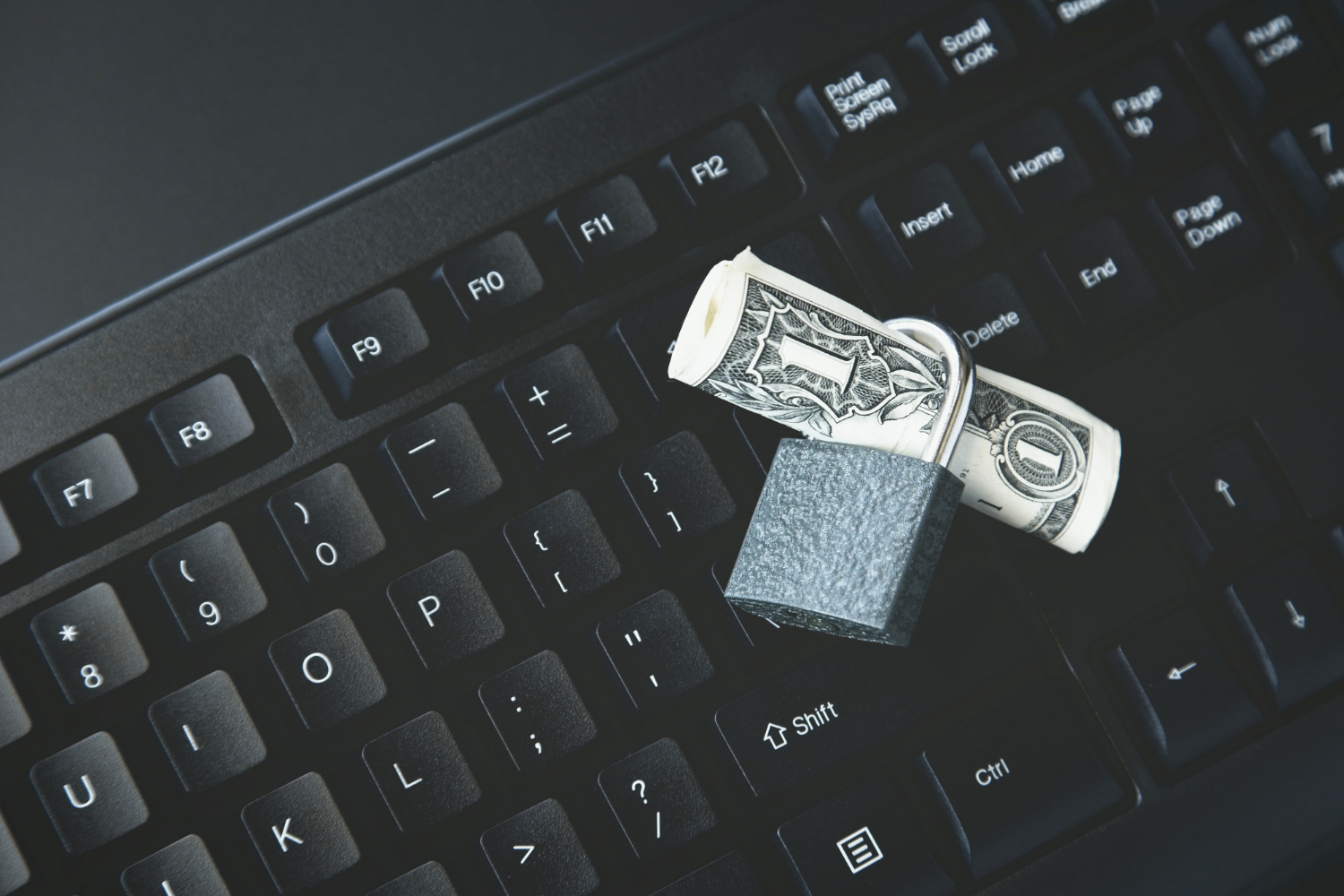In times of economic uncertainty—marked by inflation, market volatility, job instability, or geopolitical tension—protecting your assets becomes more than just smart strategy; it becomes a necessity. Whether you’re an investor, homeowner, small business owner, or retiree, safeguarding what you’ve worked hard to earn is critical to long-term financial health.
This guide will walk you through practical steps to protect your assets in an uncertain economy, ensuring you remain resilient no matter what the market throws your way.
1. Diversify Your Portfolio
Why it matters:
Relying heavily on a single asset class—like stocks or real estate—can leave you vulnerable to sector-specific downturns. Diversification spreads risk across various asset types.
How to do it:
-
Invest across asset classes: stocks, bonds, real estate, commodities, and cash.
-
Include international exposure to hedge against domestic risks.
-
Rebalance your portfolio regularly to maintain your target allocation.
Tip: Diversification is not about maximizing returns—it’s about minimizing regret.
2. Build an Emergency Fund
Why it matters:
Having readily available cash during an economic downturn can prevent you from having to liquidate long-term investments at a loss.
How to do it:
-
Aim for 3–6 months of essential expenses in a high-yield savings account.
-
For higher-risk professions or those with dependents, consider a 9–12 month buffer.
Tip: Keep emergency funds separate from your everyday spending accounts to avoid temptation.
3. Reduce High-Interest Debt
Why it matters:
Debt, especially with variable interest rates, can become a financial burden in times of rising rates or job loss.
How to do it:
-
Focus on paying off high-interest credit cards and personal loans first.
-
Consider refinancing mortgages or student loans to lock in lower rates (if available).
-
Avoid taking on new debt unless absolutely necessary.
Tip: Every dollar not going to interest is a dollar that can go toward saving or investing.
4. Protect Real Assets: Property, Business, and Physical Goods
Why it matters:
Physical assets such as real estate and business equipment can lose value, get damaged, or become liabilities without proper protection.
How to do it:
-
Ensure your insurance policies are up to date (home, auto, liability, and business).
-
Create an LLC or trust to shield personal assets from legal claims or business liabilities.
-
Keep detailed records for tax purposes and potential claims.
Tip: An umbrella insurance policy can provide broad protection for various risks.
5. Invest in Stable, Defensive Assets
Why it matters:
Some investments perform better during economic downturns or are less volatile.
Examples include:
-
Dividend-paying stocks (especially in sectors like utilities, consumer staples, and healthcare)
-
Gold and precious metals as a hedge against inflation
-
Treasury bonds or TIPS for safer fixed income
-
REITs with strong fundamentals and essential-service tenants
Tip: Don’t chase high returns—focus on capital preservation and steady income.
6. Monitor Economic and Personal Risk Factors
Why it matters:
Economic shifts can be sudden. Staying informed helps you anticipate and react instead of panic.
How to do it:
-
Follow credible financial news and indicators like inflation, interest rates, and employment trends.
-
Track your personal net worth, income sources, and liabilities.
-
Conduct regular “financial health checkups” to adapt your strategy if needed.
Tip: Set calendar reminders to review your finances quarterly or bi-annually.
7. Use Legal Tools for Asset Protection
Why it matters:
If you’re at risk of lawsuits, bankruptcy, or creditor claims, legal structures can protect your wealth.
How to do it:
-
Set up trusts (e.g., irrevocable or living trusts) for estate and asset protection.
-
Separate personal and business finances using LLCs or corporations.
-
Consult a financial advisor or attorney for personalized legal strategies.
Tip: Don’t wait until a legal threat appears—asset protection is most effective when done proactively.
Be Proactive, Not Reactive
Uncertain times don’t have to derail your financial progress. In fact, they often highlight the importance of planning, discipline, and resilience.
By following these strategies—diversifying, saving, minimizing debt, and using legal safeguards—you can protect your assets and position yourself to thrive, even when the economy doesn’t.
Key Takeaways:
-
Diversify your investments to manage risk.
-
Maintain a well-funded emergency savings.
-
Eliminate or reduce high-interest debt.
-
Protect physical and financial assets through insurance and legal structures.
-
Stay informed and adjust your strategies as needed.

